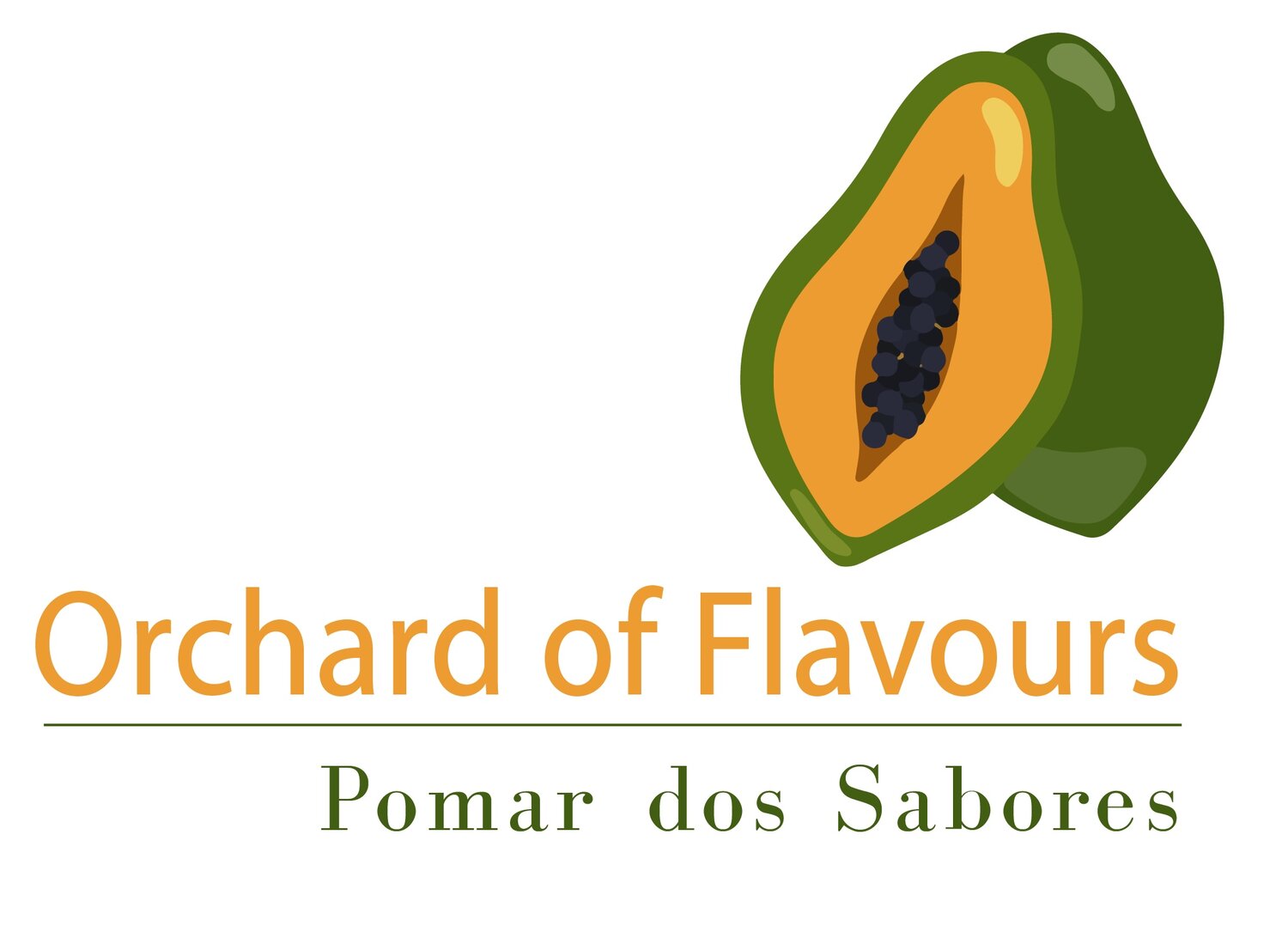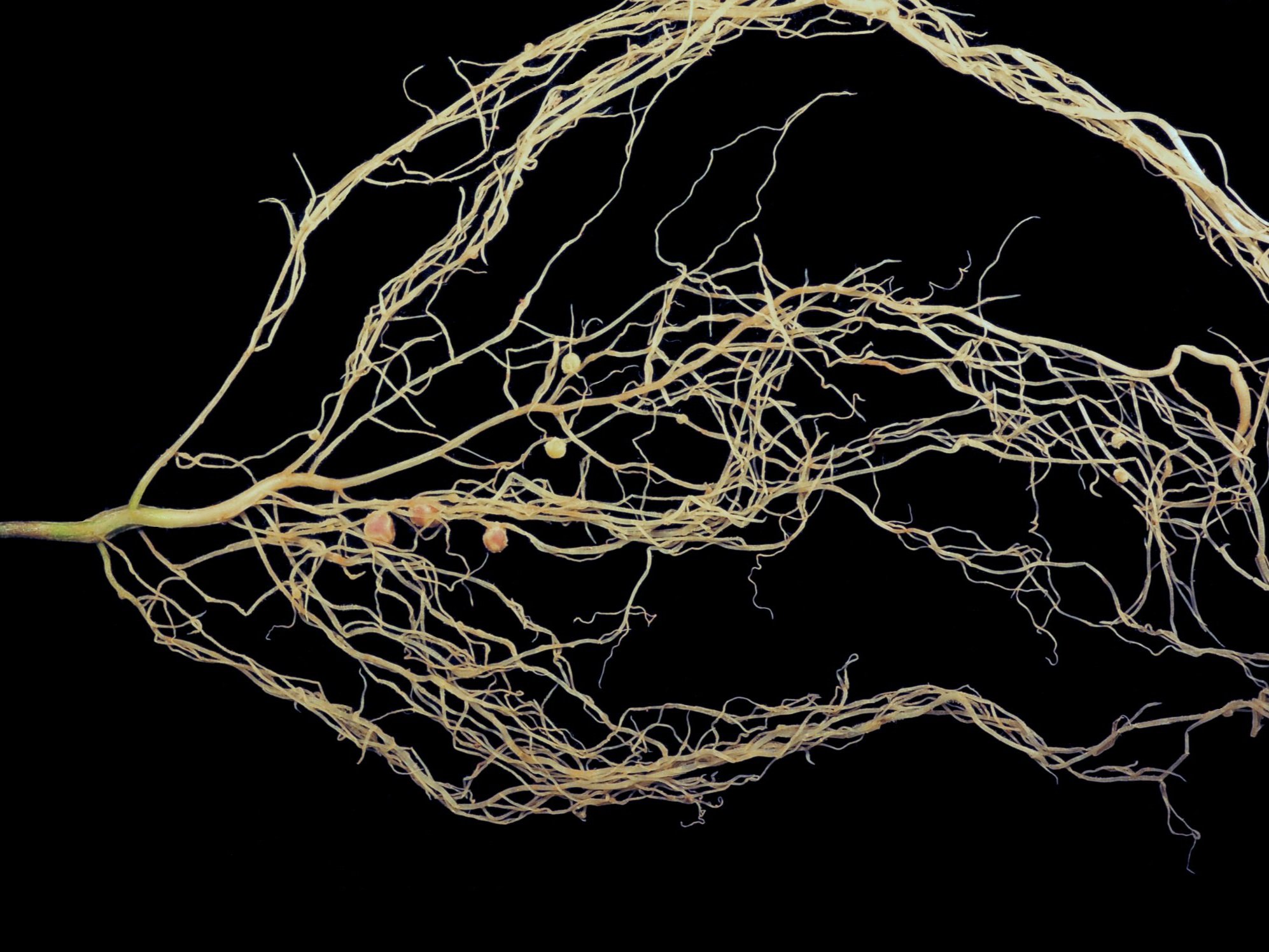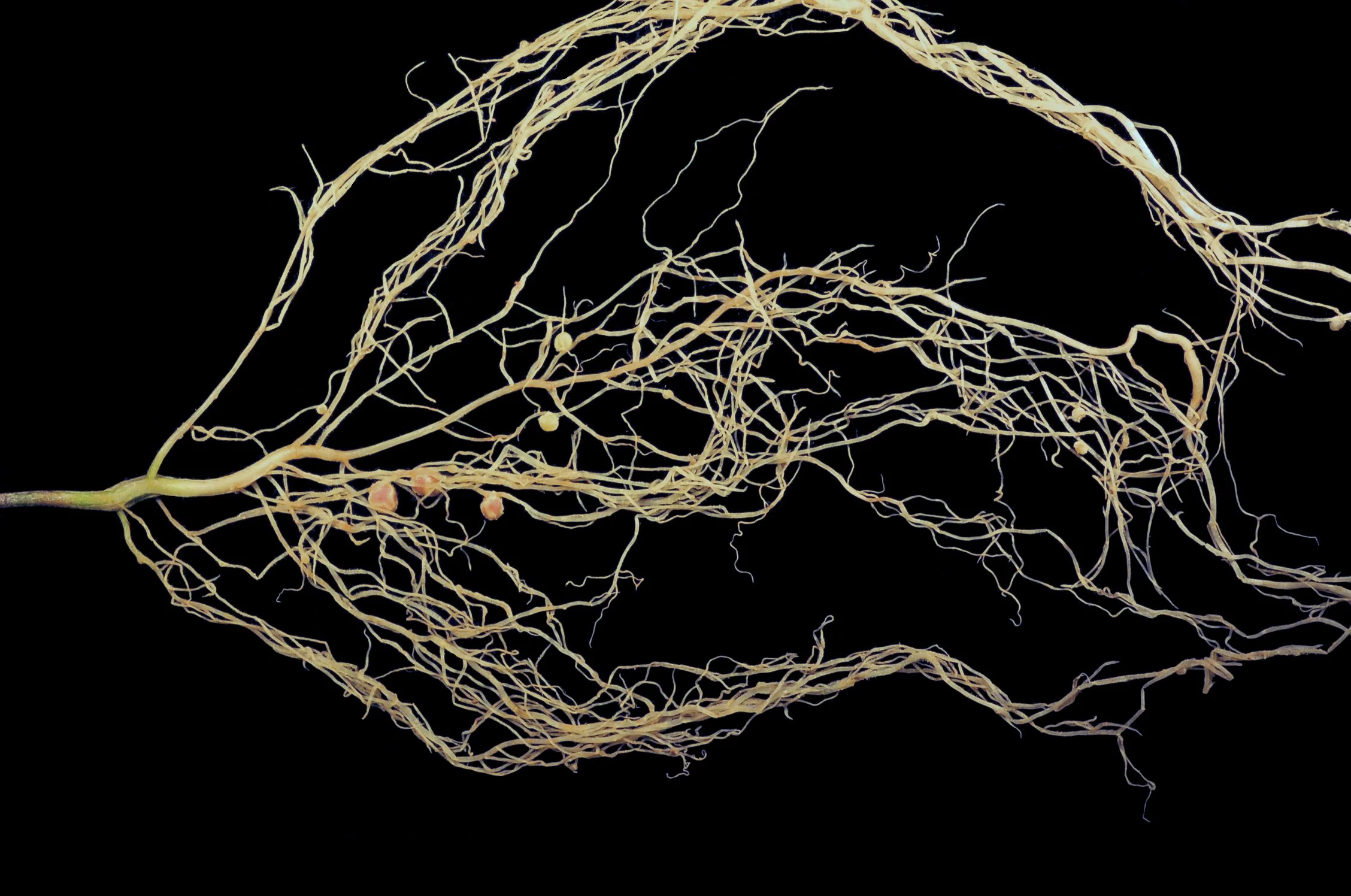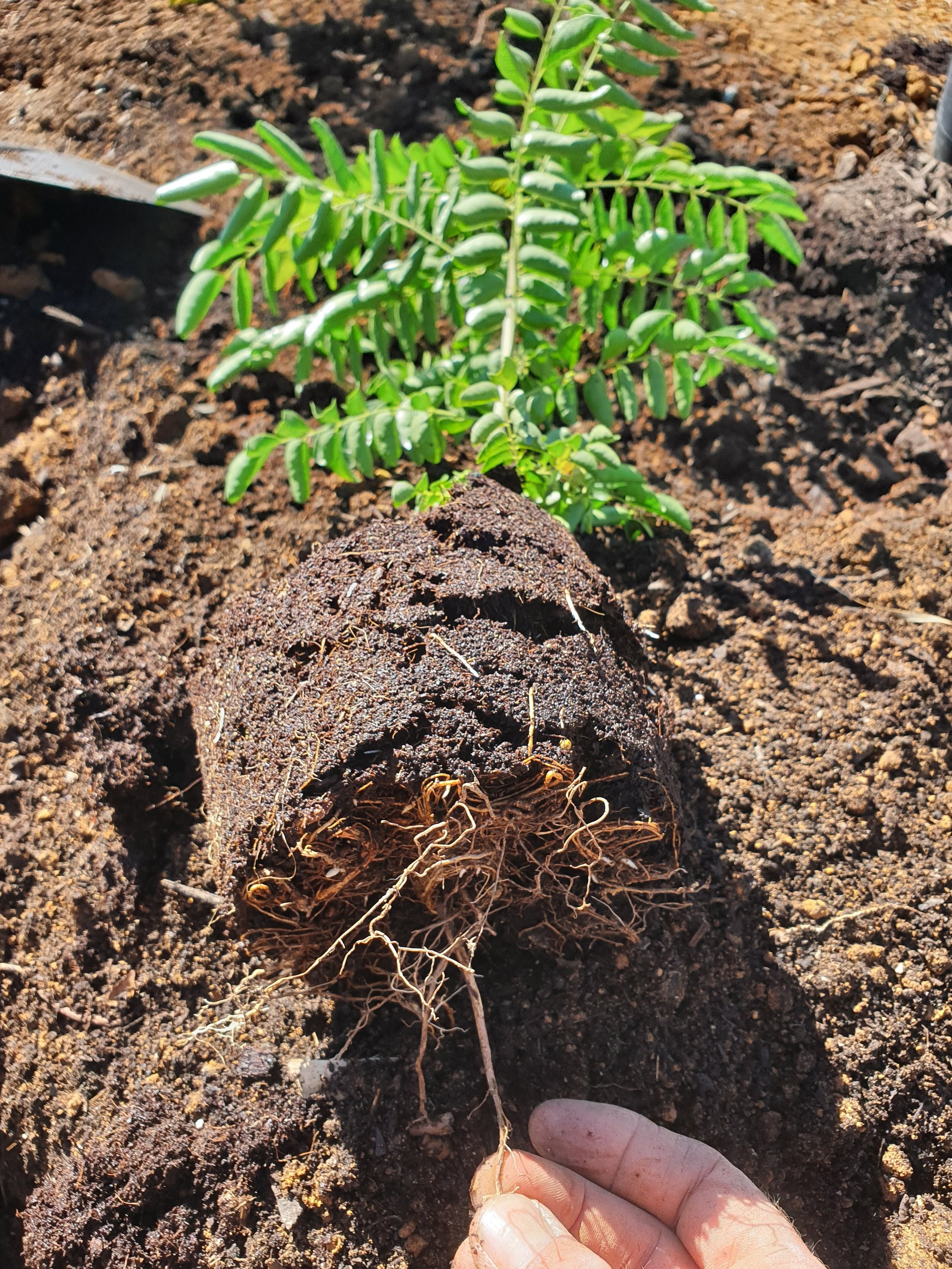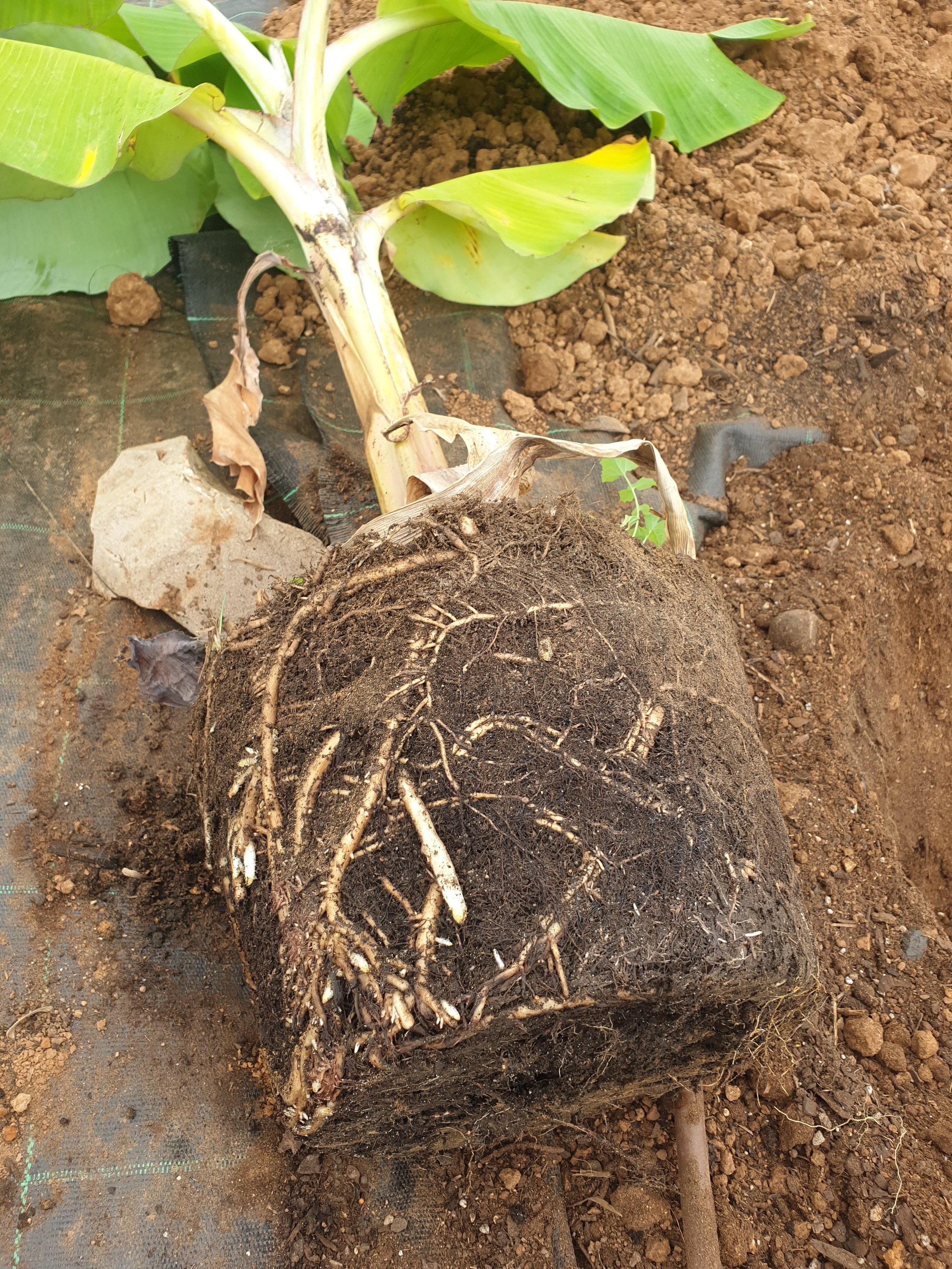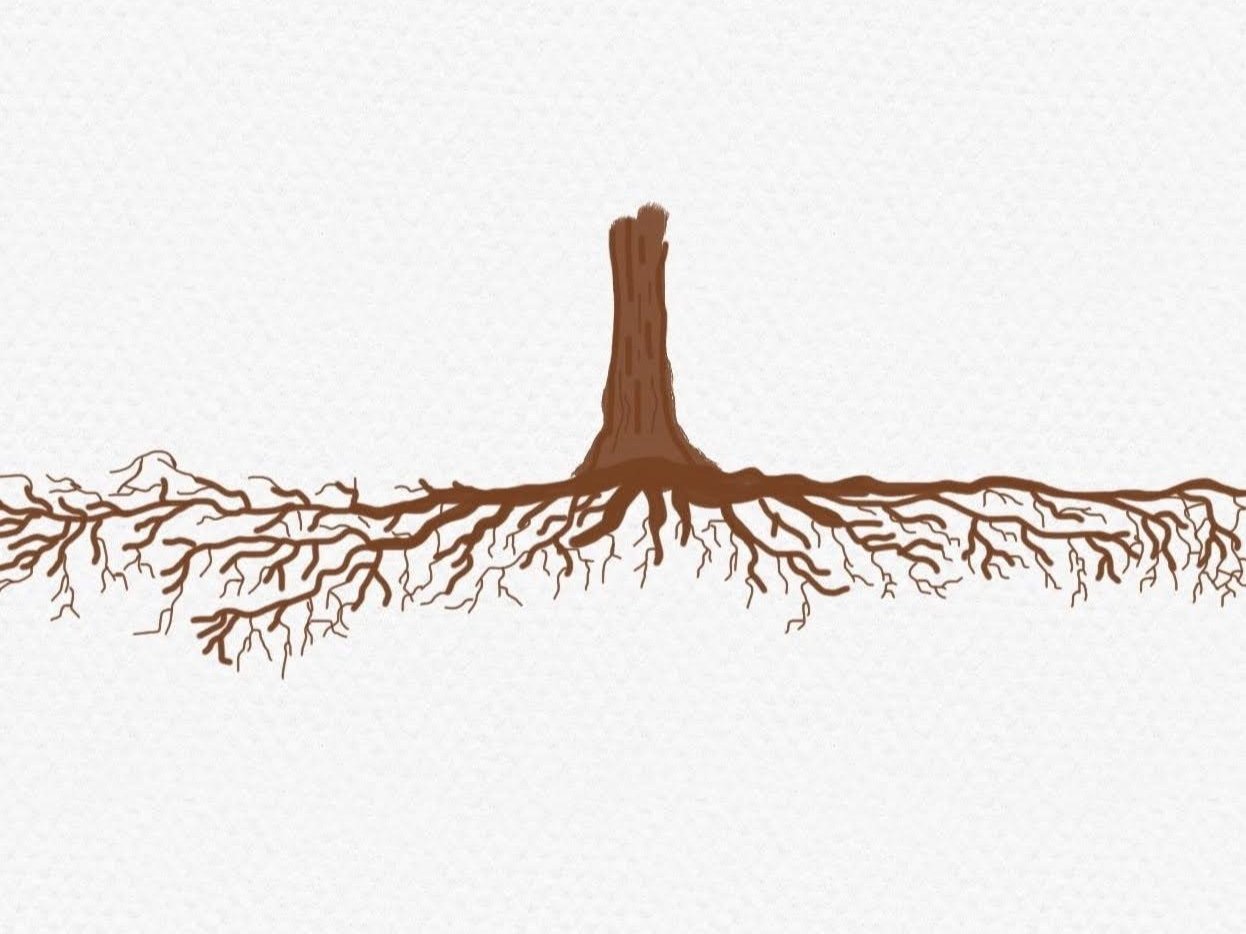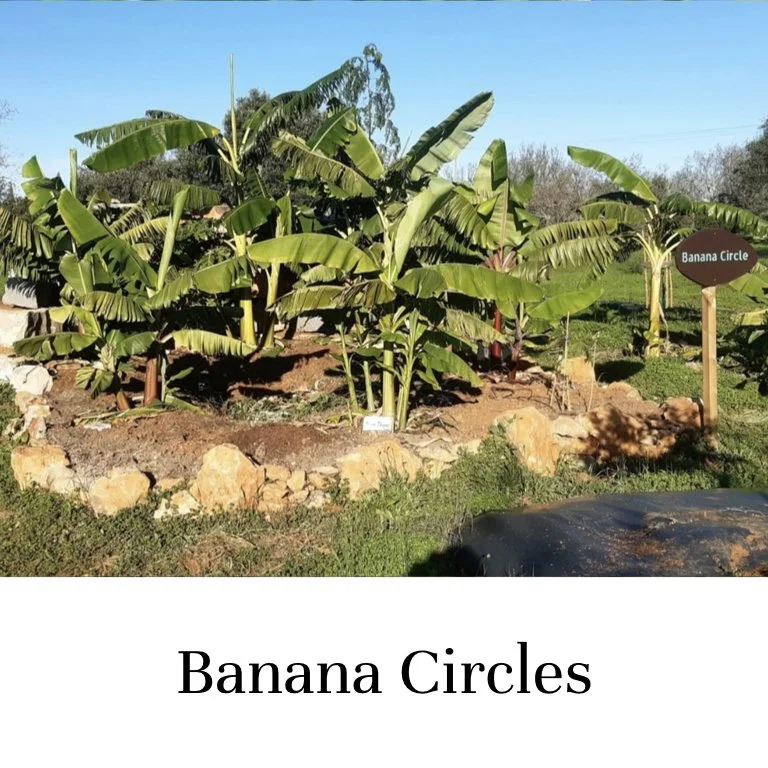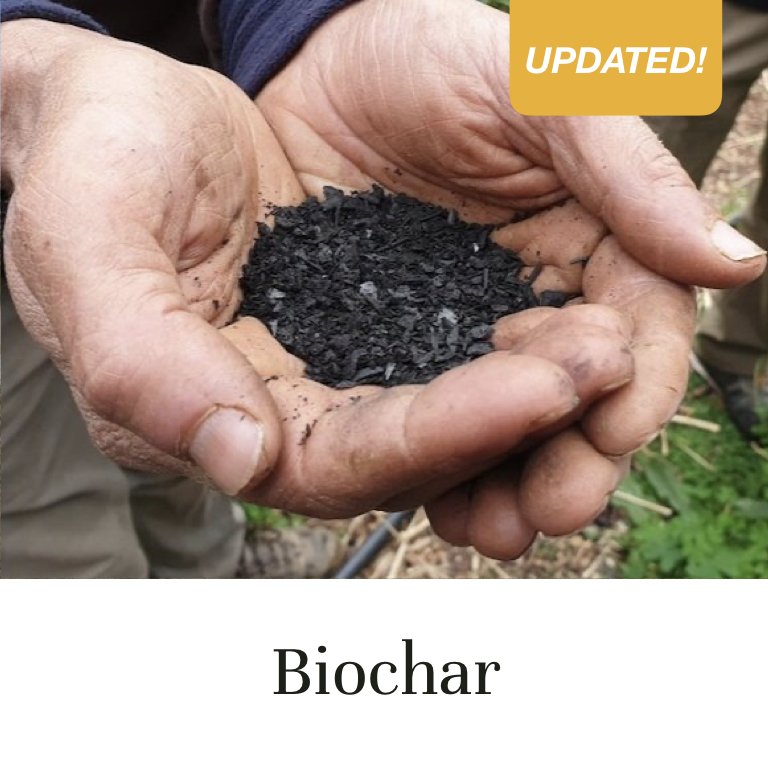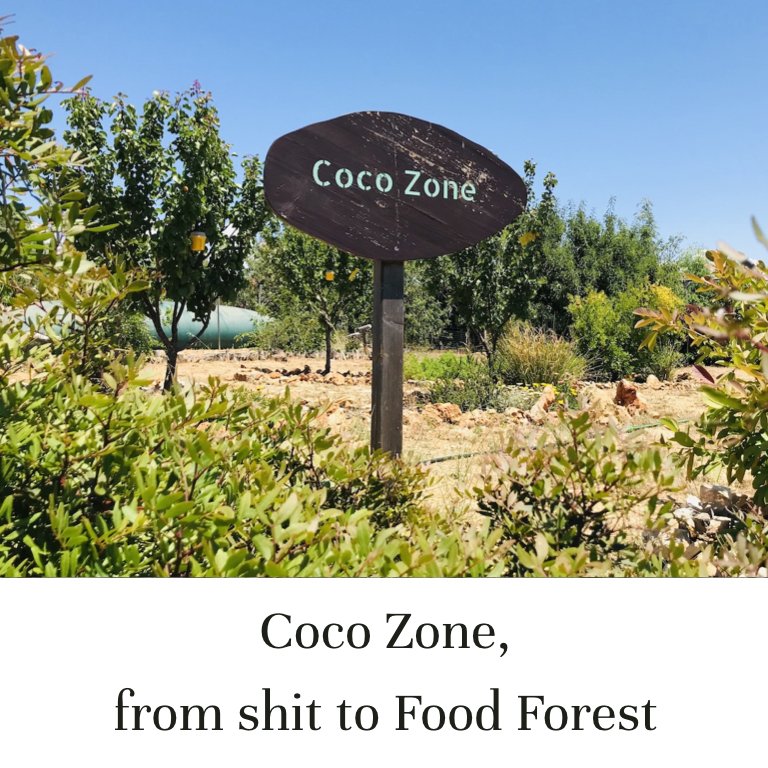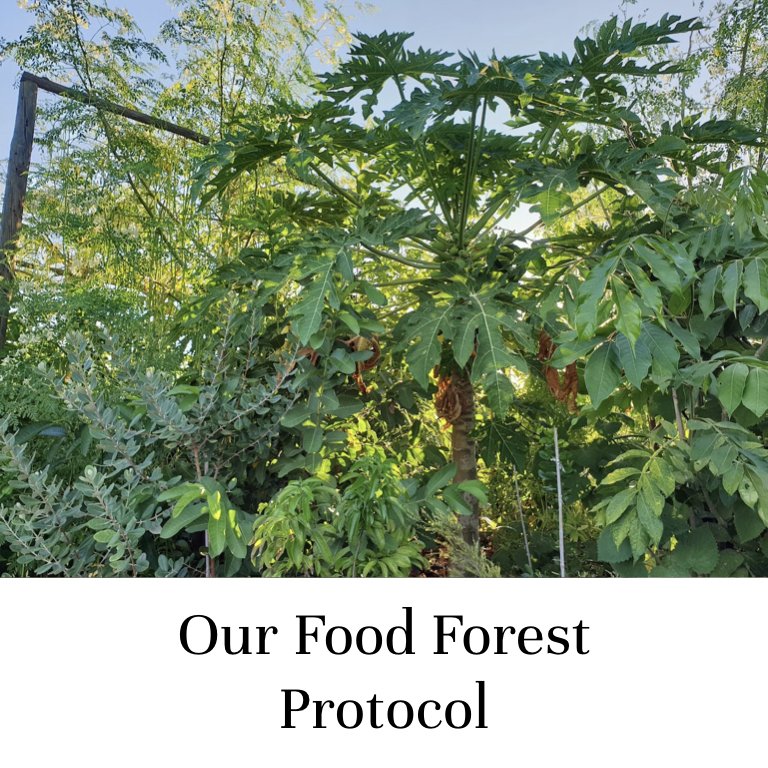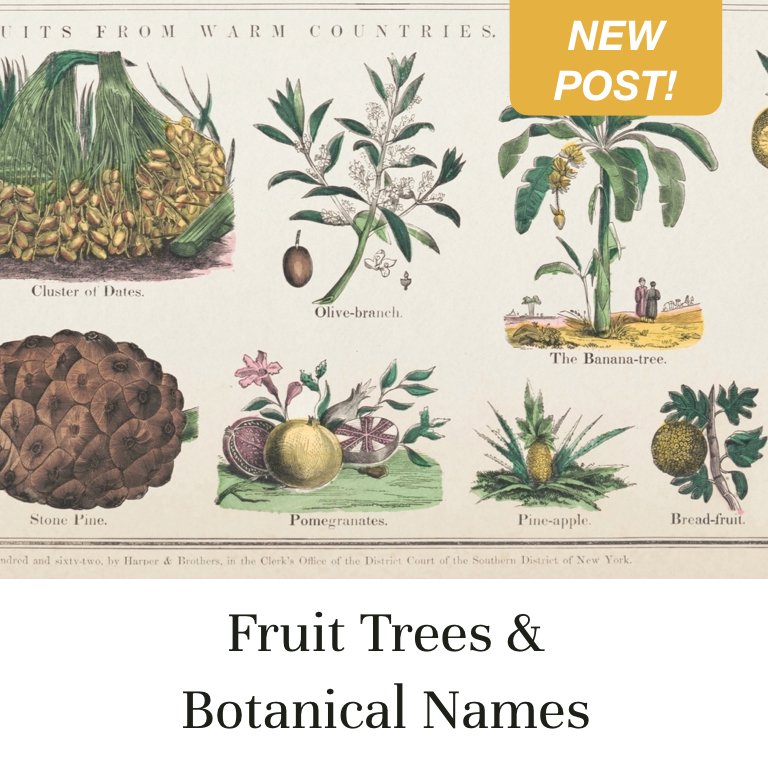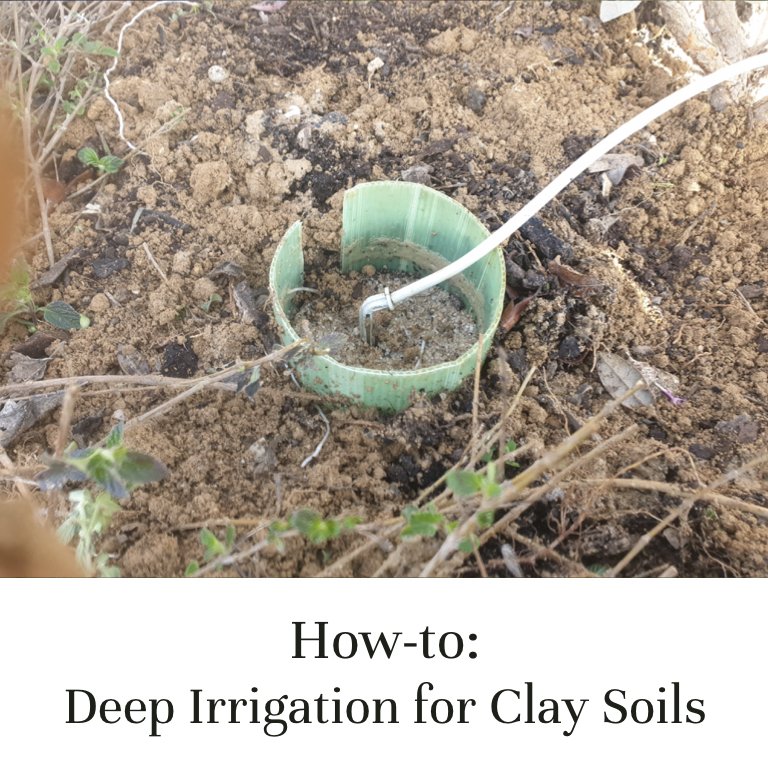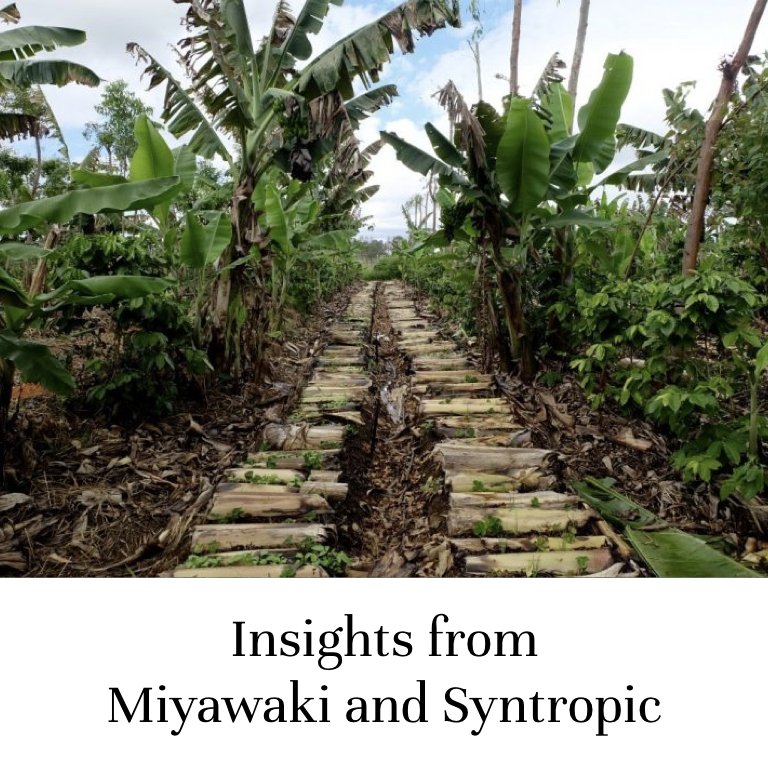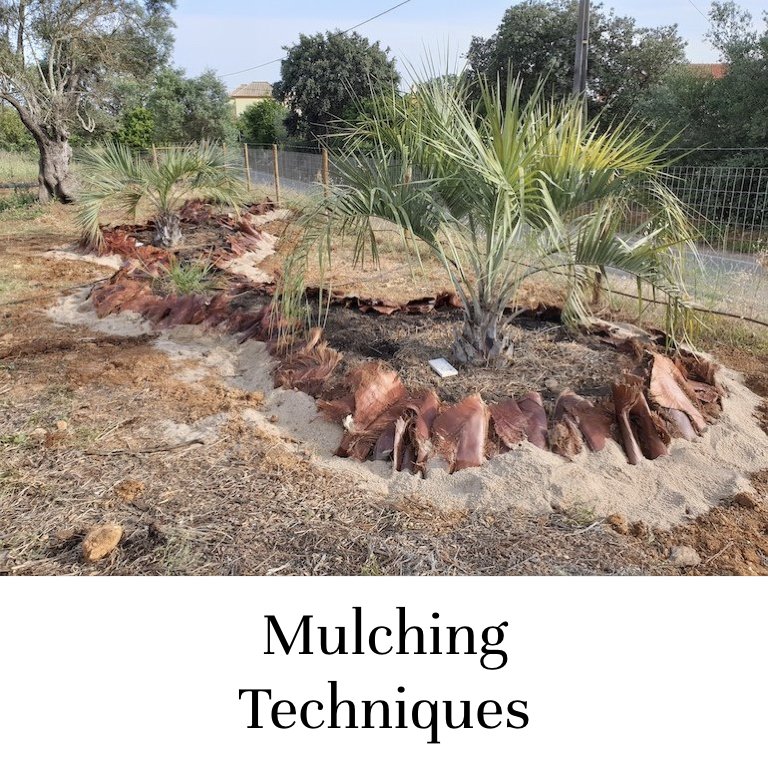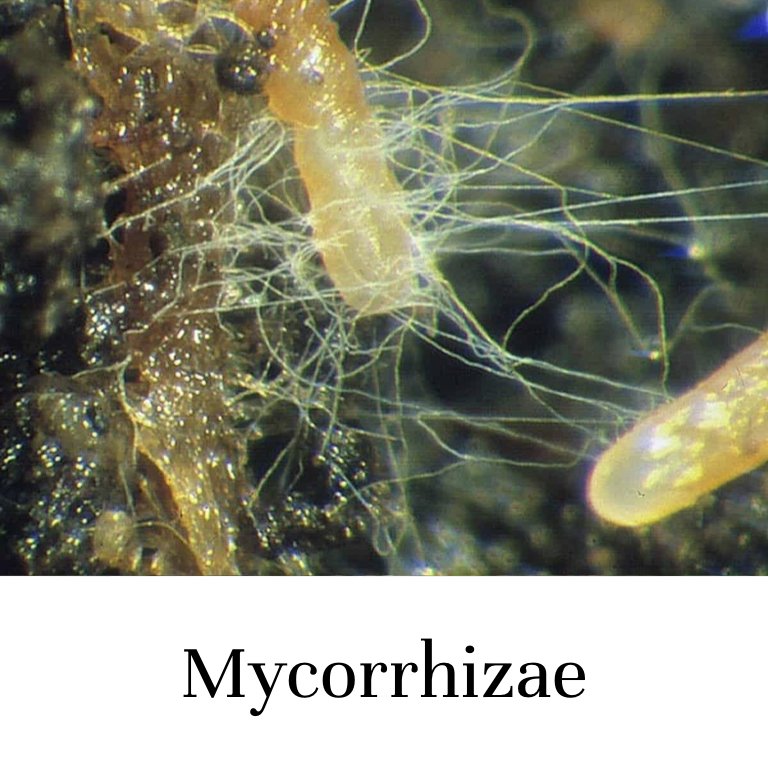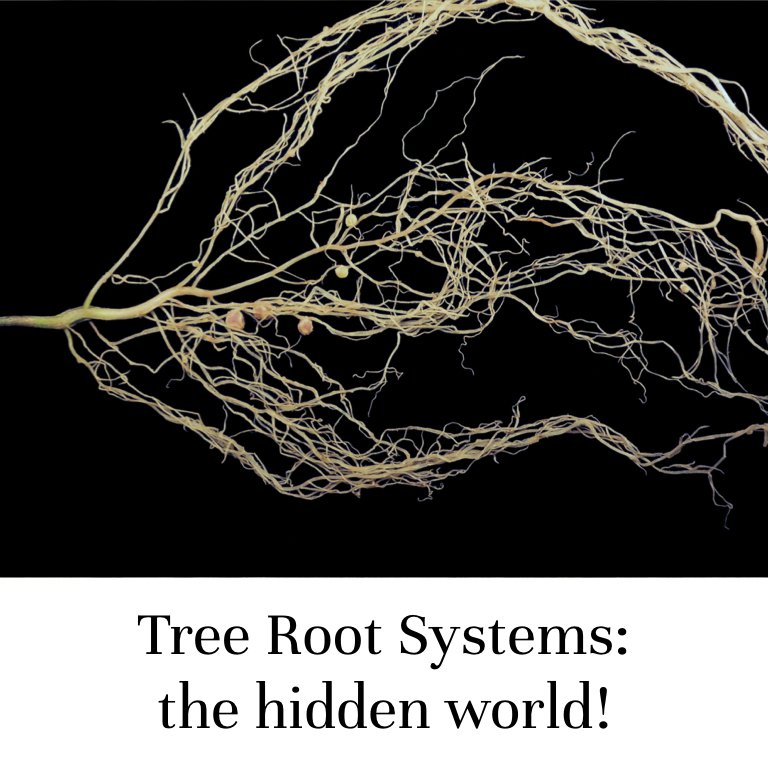Tree root systems: the hidden world!
Robinia pseudoacacia root system (Ninjatacoshell, CC BY-SA 3.0 <https://creativecommons.org/licenses/by-sa/3.0>, via Wikimedia Commons)
Why study roots?
It is essential to delve deeper into the subject of tree roots, how they develop and what the implications are for us, the ones growing the trees.
Overall, we found 6 good reasons to find out more about our fruit trees root systems and to start a new database on them. We believe this new knowledge will help us:
providing more adequate irrigation and overall tree maintenance
making better decisions regarding which trees can be planted together
knowing if a plant’s roots have invasive tendencies
predicting how wind resistant a tree will be
predicting how drought resistant a tree will be
having more knowledge about the belowground ecology, like the nitrogen fixing roots and the role of mycorrhizae
Plumeria’s fibrous root system
Murraya koenigii tap root system
Musa cavendish fibrous root pattern
Initial learnings
We understand that the tree roots’ main functions include:
anchoring trees down and physically supporting them as they grow;
feeding them with water, minerals and oxygen;
storing reserved nutrients;
interacting with soil biology (ex. mycorrhizae) and other plants’ roots.
Root distribution and depth
Moringa oleifera tuberous root pattern
While the genetic characteristics of its species might give us some clues into what kind of growth pattern we should expect from a particular tree in the “ideal circumstances”, we also know that environmental factors such as high water tables, excessive stoniness and compacted soil layers play a decisive role in defining the formation of any plant’s root system. The ratio to which all these factors influence to is still largely undetermined.
We also came across two other not so commonly discussed facts about tree root systems:
many of the studies we consulted have found that, in most cases, as much as 80-90% of tree root mass is present within the top 60cm of soil, where it is most loose, and water, oxygen and nutrients are most readily available. Since at deeper levels the soil bulk density increases and aeration decreases, root mass tends to be much more limited;
contradicting popular belief, the spread of the roots is usually far wider than the dripline (canopy width), and in many cases reaches twice the tree’s canopy radius, if not further.
Dominant root patterns
Although we cannot say that different tree species have a predetermined growth pattern (since, as we’ve just discussed, root growth varies quite a lot depending on soil environment conditions), we can still find different dominant root system patterns being usually associated with certain species. This information allows us to get some general clues on how to place and use particular kinds of trees on the landscape, in order to avoid competition or any other kind of incompatibility between species.
Here are the main dominant root system types:
Taproot: a system presenting a main taproot, which is larger and grows faster than the branch roots. Trees grown from seeds and planted early in their final location are more likely to grow their tap root (ex: Tamarindus indica, Syzygium cumini);
Lateral roots: lateral roots grow outwards right under the soil surface. They absorb a lot of water and nutrients as well as anchoring the tree (ex: Morus alba);
Heart (oblique) roots: both large and smaller roots descend diagonally from the trunk. These root systems obtain their stability from root ball weight and soil resistance (ex: Musa cavendish).
Tuberous roots: a tuberous root is an enlarged fleshy root modified as a storage organ with shoots produced at one end and roots produced at the other (ex: Moringa oleifera);
Rhizomes: subterranean stems that grow under or along the ground and that produce roots and shoots (ex: Zingiber officinale, Alpinia galanga)
Some individual trees can combine the different types of root systems, depending on plant species and on existing environmental factors. For exemple, Argania spinosa will develop a tap root system as well as lateral roots. Our classification is a simplification of the more complete scientific concepts, but we still think it can bring some relevant insights and help the gardener, orchardist or any tree growing enthusiast.
Dominant taproot system
Dominant horizontal (or lateral) root system
Practical advice regarding root systems
Since most of the root mass is usually found in the top 50 to 60cm of soil, it’s important to establish a root protection zone around trees, within which any soil disturbance that could damage the tree roots should be avoided. We’re talking especially of actions such as:
soil stripping and site grading
trenching, even if at a shallow level
soil compaction by movement of vehicles or storage of materials
depositing of toxic or impermeable materials
On the other hand, some beneficial actions may be taken in order to improve the chances of good root system development in trees:
watering irregularly and deeply, especially for trees with a dominant tap root system
watering across a wider area, further from the trunk, especially for mature trees with lateral roots
favouring seed grown trees over other propagation techniques (air layered trees, for instance, tend to develop a more shallow, weaker root system)
favouring younger seedlings when planting, so that there’s a higher chance that the root system and especially existing taproots haven’t been damaged or their development inhibited
increasing soil organic matter levels across wider areas surrounding planted trees (and not only on the immediate surroundings of the trunk)
Dominant heart root system
Invasive suckering root system
Please check out our root system fruit tree database below, which features detailed information on the roots of most of the edible species present at the Orchard of Flavours botanical garden.
In it, you will find:
each species’ dominant root system
a drawing or picture of the dominant root system
links to a minimum of two sources which describe the root system for that species (we only mention a dominant root system if we found two concordant sources for any particular species)
the potential invasiveness of the root system
we also added some other relevant fields: environmental benefits (for instance nitrogen fixer, windbreaker), the water requirement (is it drought tolerant?) and if that tree can be heavily pruned or even coppiced.
Both this article and the database are ongoing projects and we really appreciate your help and comments, as well as any questions you might have regarding the subject. Please write us anytime to miguel@orchardofflavours.com
This article was compiled by Miguel COTTON & Miguel PEREIRA. If you have any questions or suggestions, do not hesitate to contact us. Please write us anytime at miguel@orchardofflavours.com.
